In what they call a “trapped field” experiment, the university says its researchers managed to cram a 17.6 Tesla magnetic field into the brittle “high temperature gadolinium barium copper oxide (GdBCO) superconductor” – along the way passing the previous decade-old 17.24 Tesla record.
This didn't happen at room temperature, though: the definition of a “high temperature” superconductor is one that doesn't need liquid nitrogen and can therefore operate at temperatures above -196°C. Even so, high-temperature superconducting magnet research is, the university says, important for maglev trains, flywheels for energy storage, and magnetic separators for pollution control.
The demonstration used cuprates – thin sheets of copper and oxygen separated (in this case) by gadolinium and barium atoms. Cuprates were the first high-temperature superconductors to be discovered, but they're brittle, so the Cambridge researchers had to find a way to confine the high-strength magnetic field, without havin the stresses involved blow the cuprate to pieces.
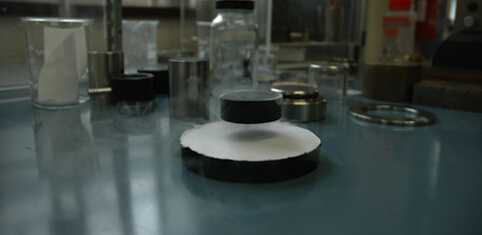
A permanent magnet is levitated over Cambridge's superconducting magnet. Image: Cambridge University
To achieve that, the researchers “shrink-wrapped” the GdBCO single-grain samples with a stainless steel ring. The other trick came from Cambridge's 20 years of research into fabricating the magnets so that “flux pinning centres” are distributed throughout the material, to retain the magnetic field against the way lines of flux might otherwise repel each other.
The university's professor David Cardwell says the aim of the work is to develop standard manufacturing processes to produce bulk superconductors.The research was carried out in conjunction with Boeing and America's National High Field Magnet Laboratory, with funding from the aerospace company and the UK's Engineering and Physical Sciences Research Council. The research is published inSuperconductor Science and Technology


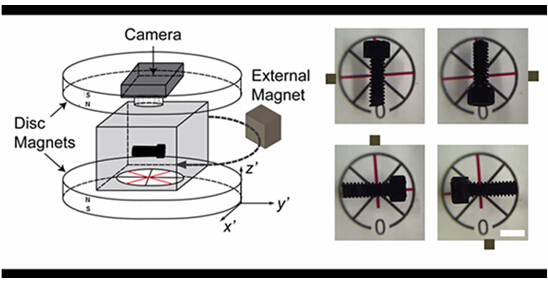 Magnetic attraction
Magnetic attraction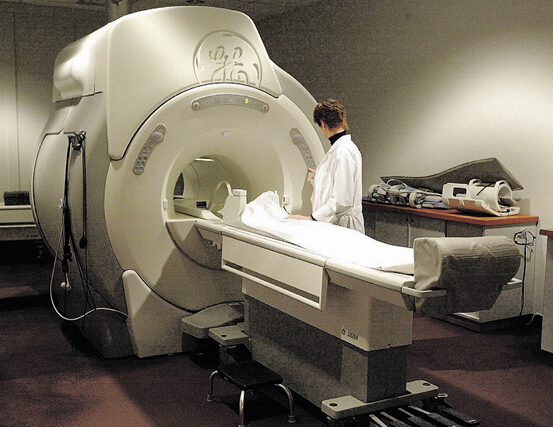 Embedded metal in humans could pose a risk
Embedded metal in humans could pose a risk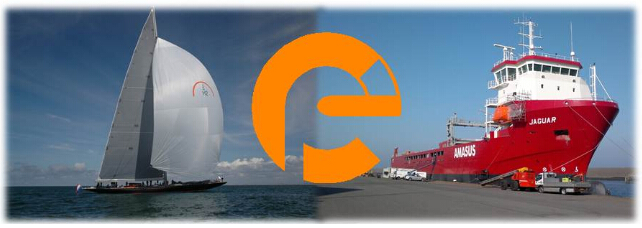 Electric Power Conversion B.V.
Electric Power Conversion B.V.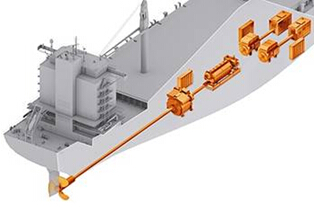 The Switch to Be Acquired by Yaskawa
The Switch to Be Acquired by Yaskawa







